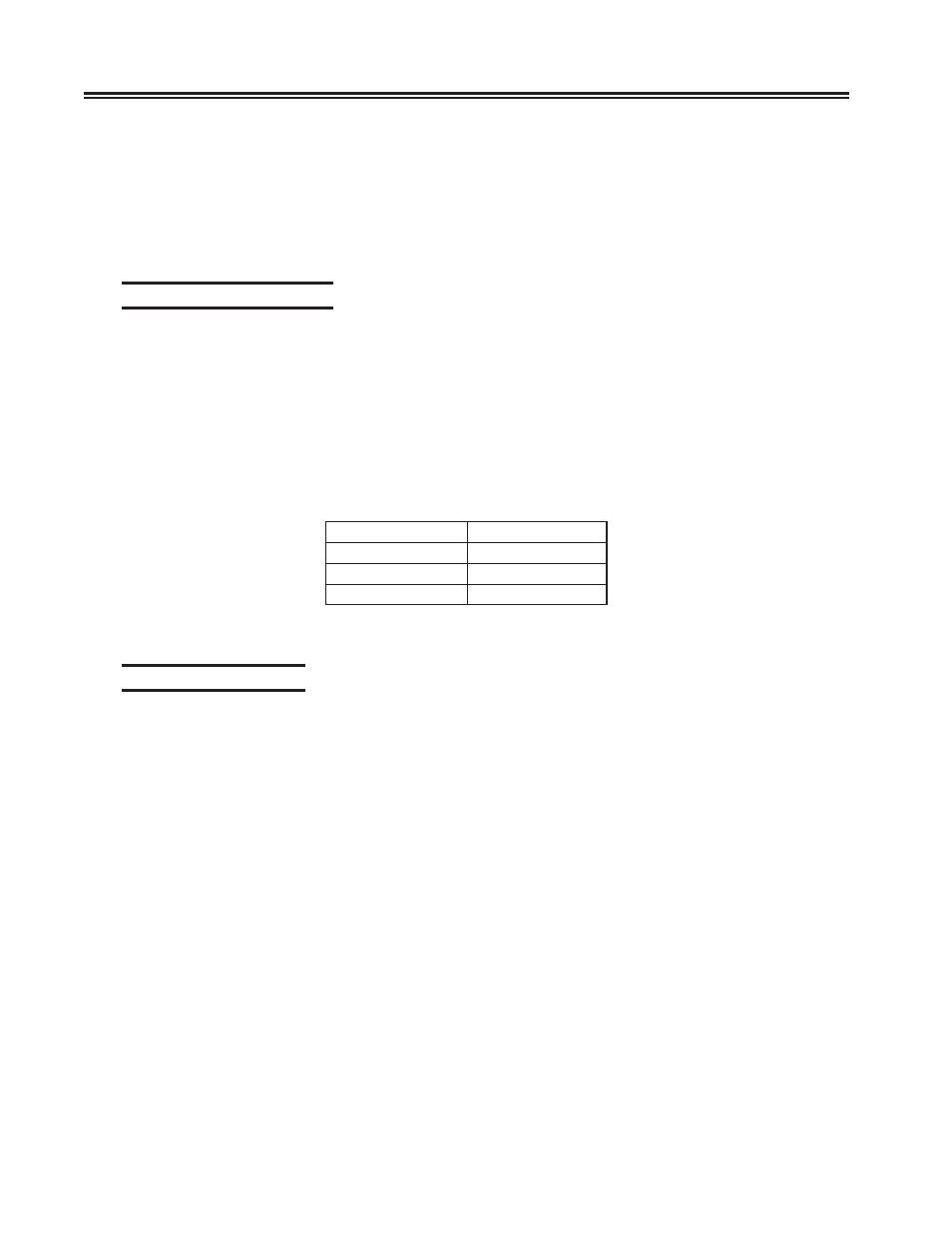Printing and languages, Ttu effects on ascii, Printing and languages -8 ttu effects on ascii -8 – Visara SCON-20L Configuration Manual User Manual
Page 26

2-8
707044-006
SCON-20L/22L/25L/28L Configuration Manual
Example 2: Switching Sessions and Code Pages, but not Keyboard Layouts
1. Session 1 is active and its host is configured for German as the default language.
Spanish is the current keyboard layout.
2. You switch to Session 2. The host for Session 2 has Spanish as the default language.
3. The new code page is Spanish and the keyboard layout remains Spanish.
Printing and Languages
There are two types of prints, LU1 (SCS) prints and LU3 prints. When an LU3 print
is sent to a printer, the printer uses the code page corresponding to the default language
for the host associated with the current printer session. An LU1 (SCS) print is not
affected by the Dual Language feature because the printer performs the translation
for this type of print. Local prints from a DFT are LU1 prints. The following languages
have their own character generators, and to correctly print all the characters in the
language, you must install the character generator for the language. Languages
followed by an asterisk (*) are supported by both 3270 hosts and ASCII hosts.
Languages that are not followed by an asterisk are supported only by 3270 hosts:
c
i
l
l
i
r
y
C
k
e
e
r
G
c
i
d
n
a
l
e
c
I
n
i
t
a
L
E
C
E
O
R
*
h
s
i
n
a
p
S
i
a
h
T
h
s
i
k
r
u
T
v
a
l
s
o
g
u
Y
All other languages use the Base character generator.
TTU effects on ASCII
Because translate tables present during configuration are referenced by the ASCII
Definition Utility, use of the Translate Table Utility may have effects on the ASCII
Definition Utility and on ASCII character translation. If you are using both utilities, it
is important to follow this sequence to avoid unexpected results:
1. Use the Language Options panel to select the Primary and Secondary languages,
and to specify the translate tables that will be used with each language.
2. Use the Translate Table Utility.
3. Use the ASCII Definition Utility. The ADU will check the Translate Tables selection
from the General Options panel and will use the appropriate tables.
Note:
If the Translate Table Utility and the ASCII Definition Utility are used, and
then the primary and/or secondary languages are changed, it will be necessary
to redo the ADU for the changed languages.
